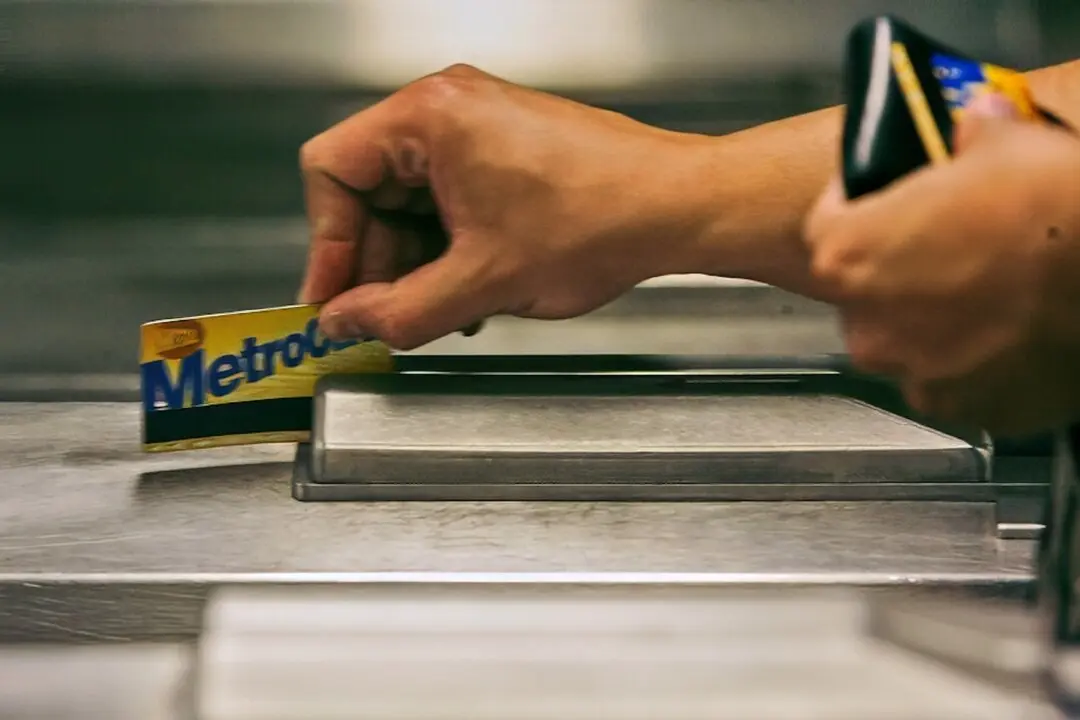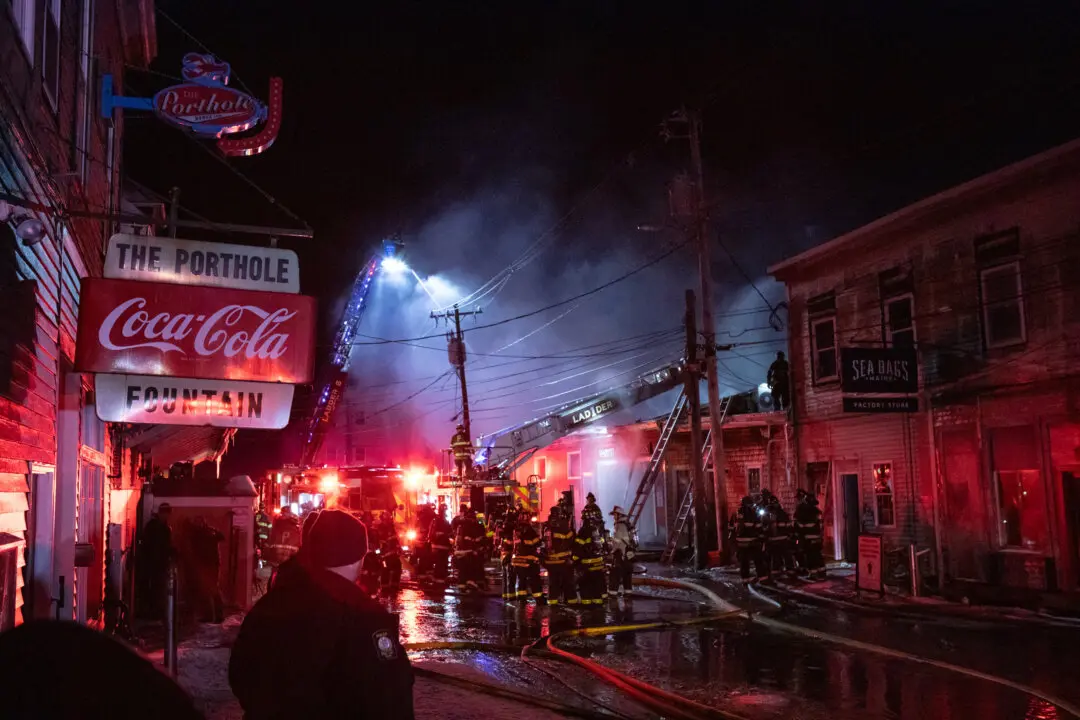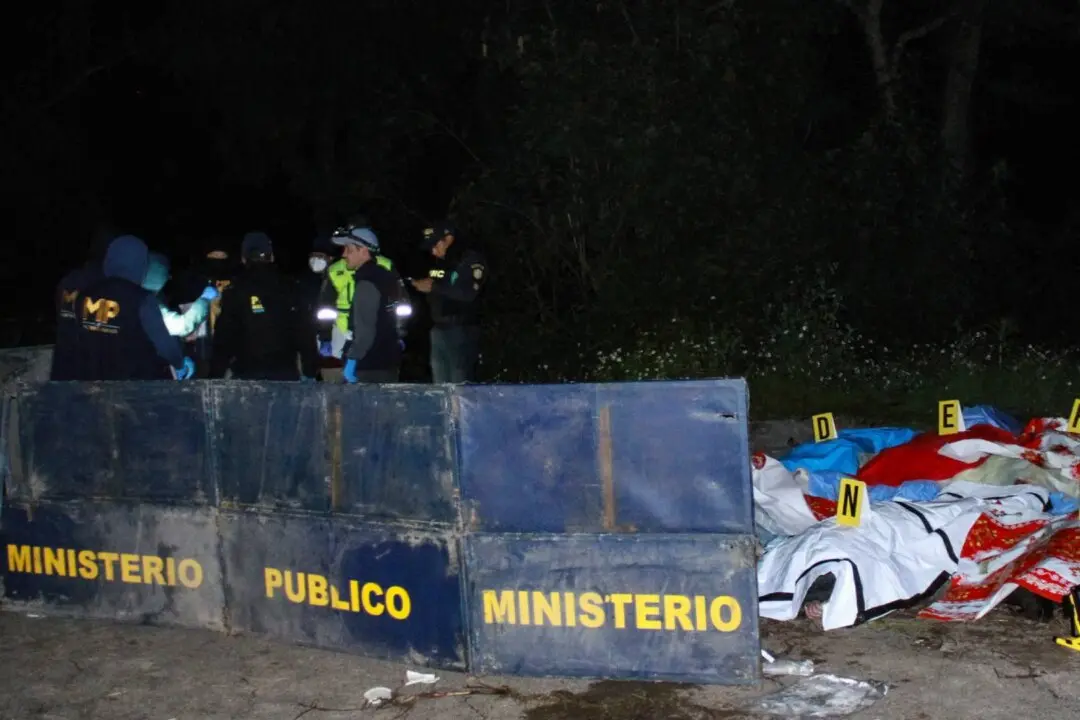PARIS — The floral scents wafted into the 19th-century Parisian courtyard Friday outside the launch of famed French perfumer Fragonard’s first flagship perfume museum.
The sprawling building — once home to a lewd Parisian theater and later a chic velodrome — was renovated for two years to showcase the unique history and techniques behind the creation of perfume.

Visitors stand next to an alembic perfume distiller from 1950 at the Fragonard perfume museum in Paris, France, Friday, Sept. 11, 2015. AP Photo/Michel Euler





